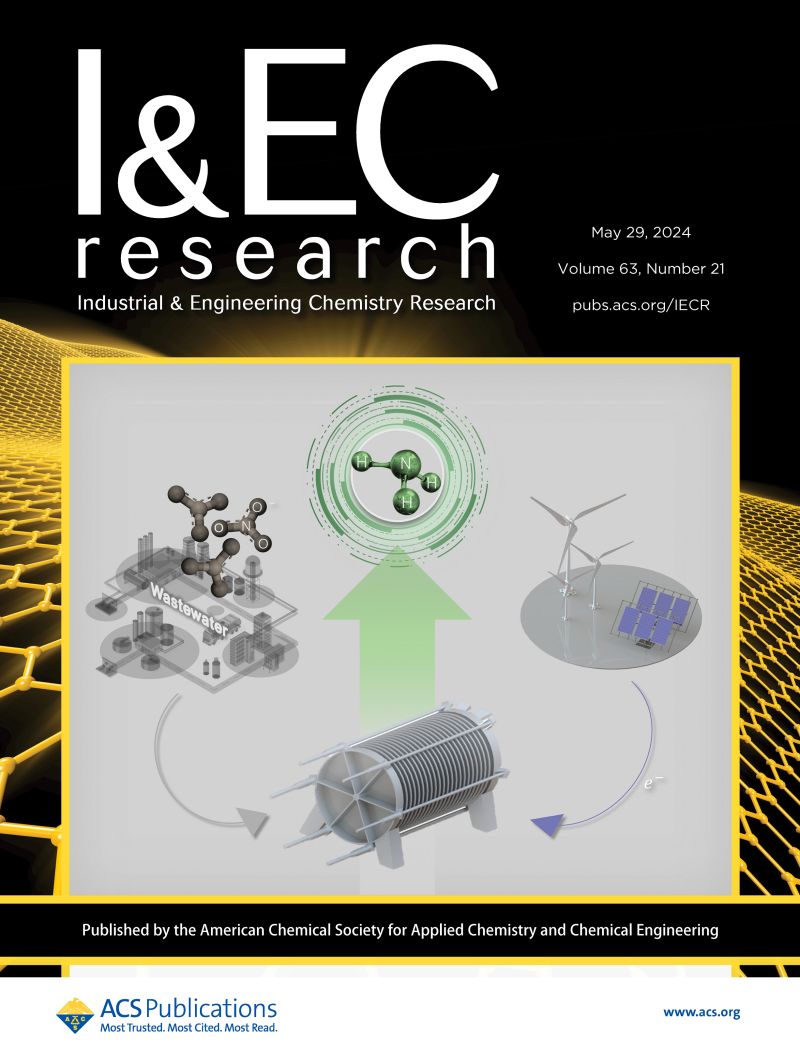Molecular Interactions-Promoted Mass Transfer in Polymer-Stabilized Emulsions for the Biotransformation of Chlorinated Volatile Organic Compounds
IF 3.8
3区 工程技术
Q2 ENGINEERING, CHEMICAL
引用次数: 0
Abstract
Mass transfer is critical in liquid–liquid biphasic catalysis, with considerable attention focused on enhancing mass transfer primarily through increasing the interfacial area. However, the driving force, determined by the concentration gradient, has received far less attention. In this work, we introduce an alternative approach that not only maximizes the interfacial area and minimizes the mass transfer distance but also enhances the driving force through molecular interactions between amphiphilic polymers and substrates, resulting in an enhanced mass transfer process. Specifically, an amphiphilic polymer was synthesized with a positively charged hydrophilic segment and a hydrophobic segment containing a pyridine motif. The pyridine motif facilitates the attraction of chlorobenzene and dichloromethane to the water-organic interface, creating a concentration gradient that boosts the driving force. Meanwhile, negatively charged bacteria are drawn to the interface through electrostatic interactions, further reducing the mass transfer distance. As a result, the degradation of chlorobenzene and dichloromethane was improved utmost 3- and 5-fold than their controls, respectively. Considering the diverse forms of molecular interactions, this work demonstrates the concept of enhancing the driving force to intensify mass transfer processes, offering promising avenues for improving reaction efficiency in advanced biosynthesis.

求助全文
约1分钟内获得全文
求助全文
来源期刊

Industrial & Engineering Chemistry Research
工程技术-工程:化工
CiteScore
7.40
自引率
7.10%
发文量
1467
审稿时长
2.8 months
期刊介绍:
ndustrial & Engineering Chemistry, with variations in title and format, has been published since 1909 by the American Chemical Society. Industrial & Engineering Chemistry Research is a weekly publication that reports industrial and academic research in the broad fields of applied chemistry and chemical engineering with special focus on fundamentals, processes, and products.
 求助内容:
求助内容: 应助结果提醒方式:
应助结果提醒方式:


